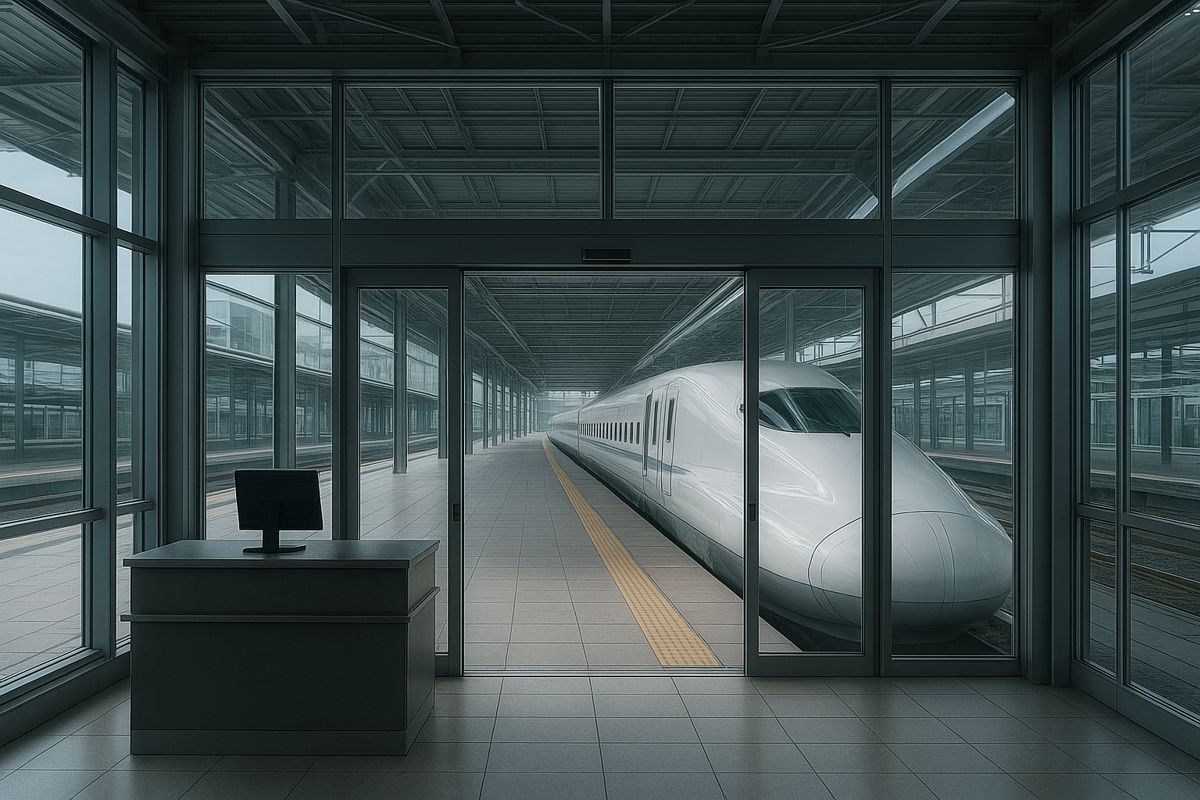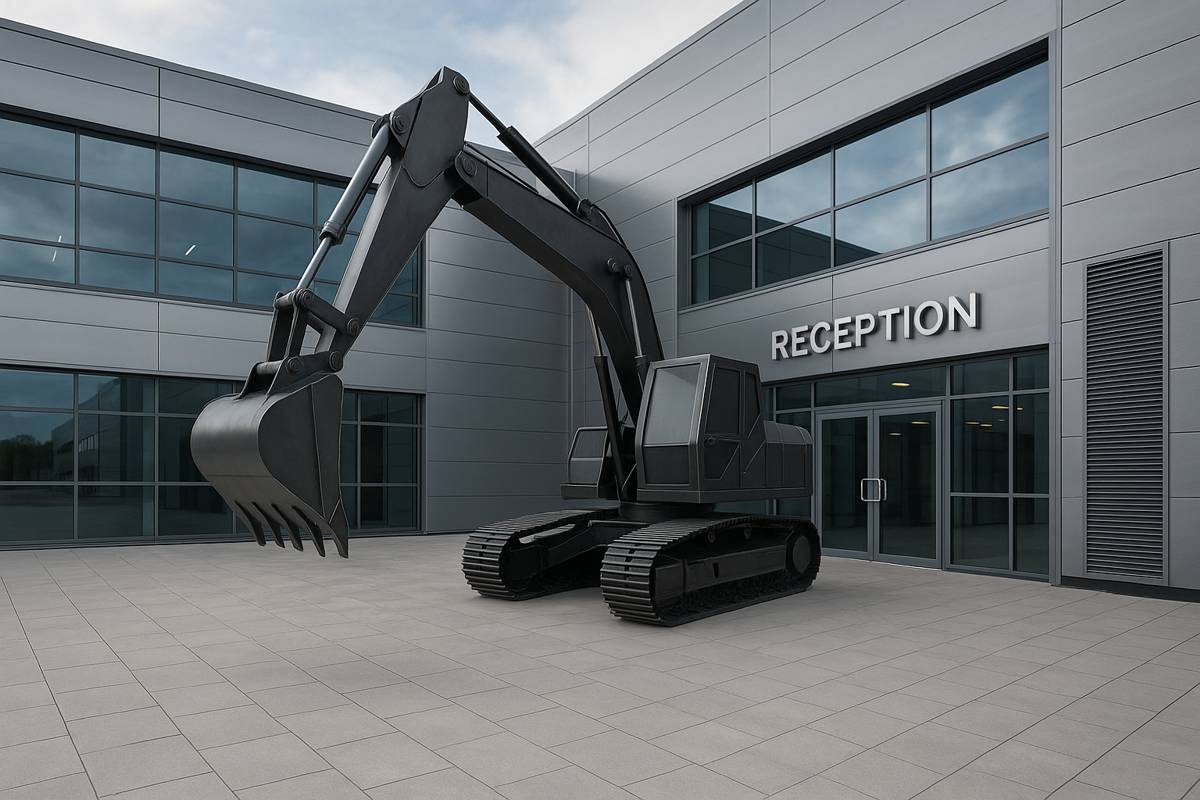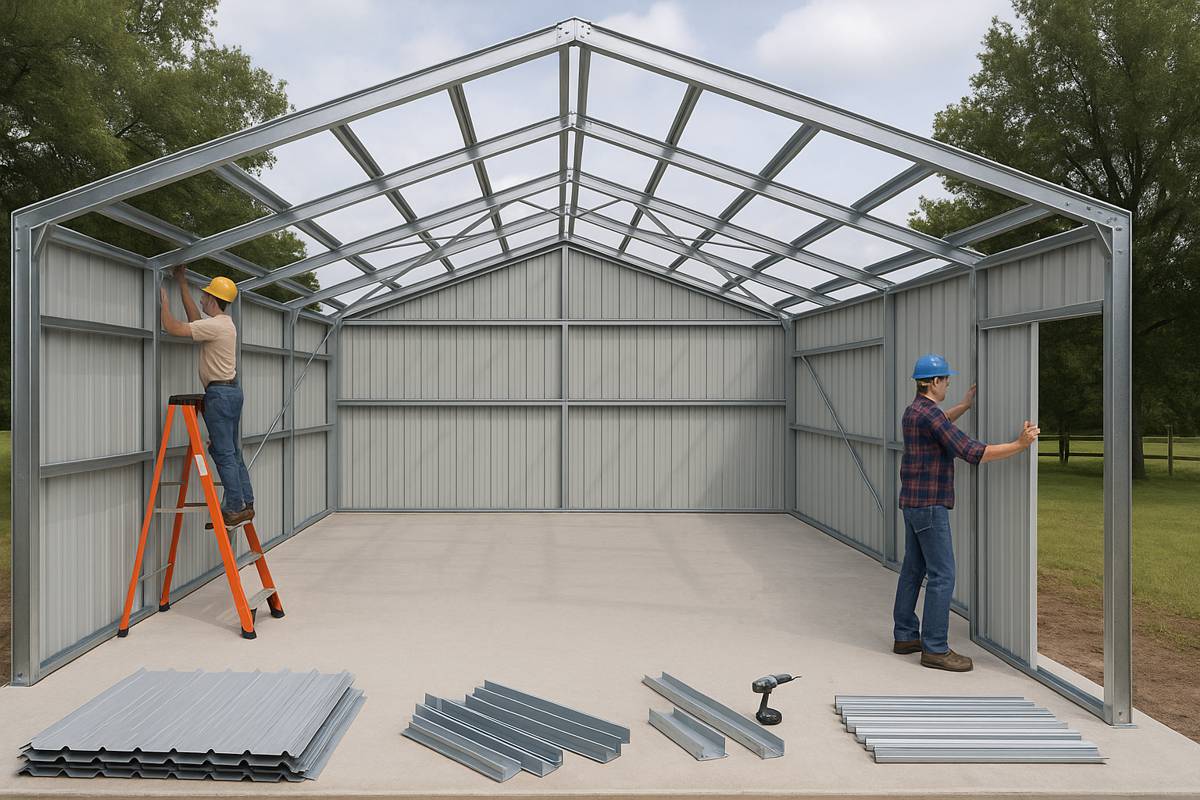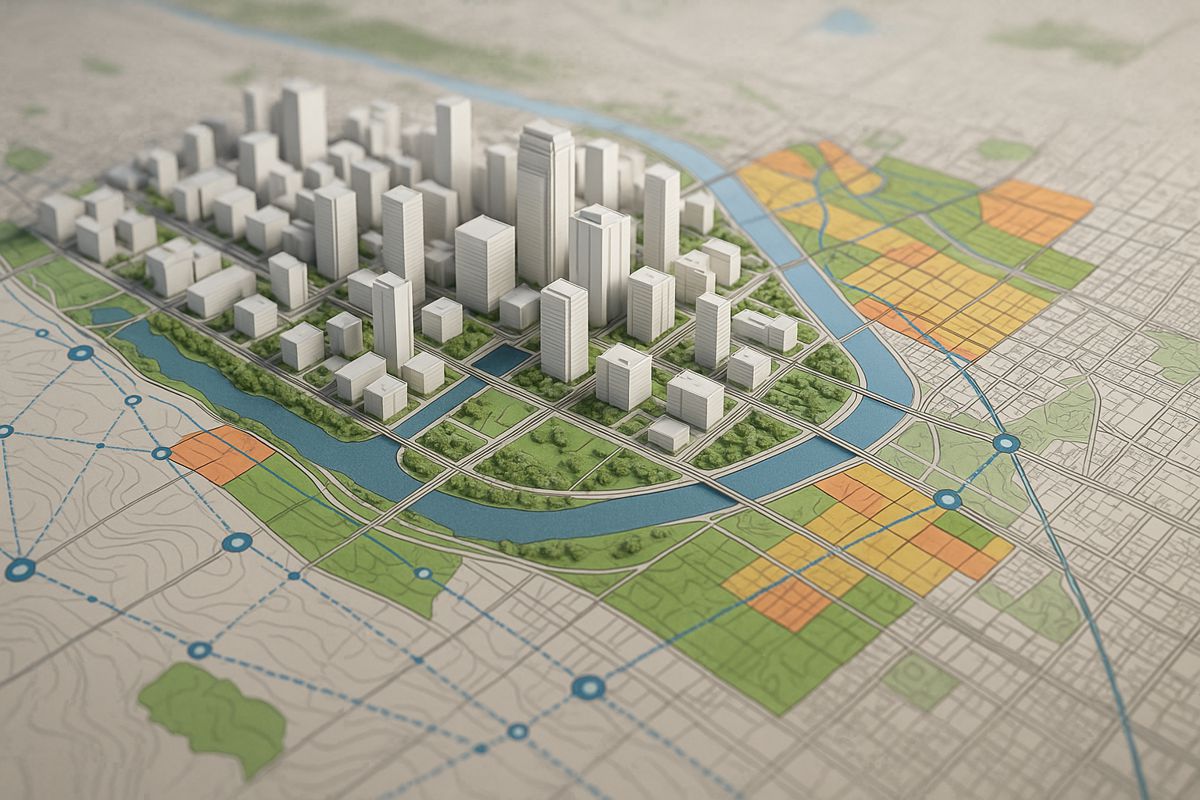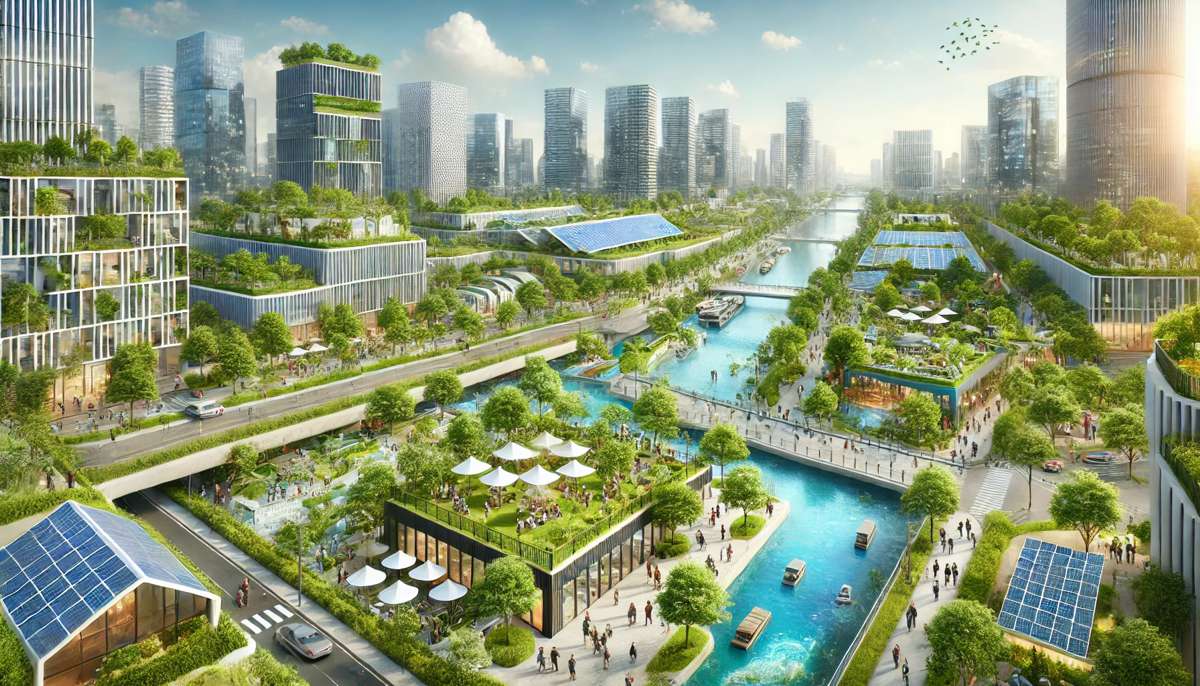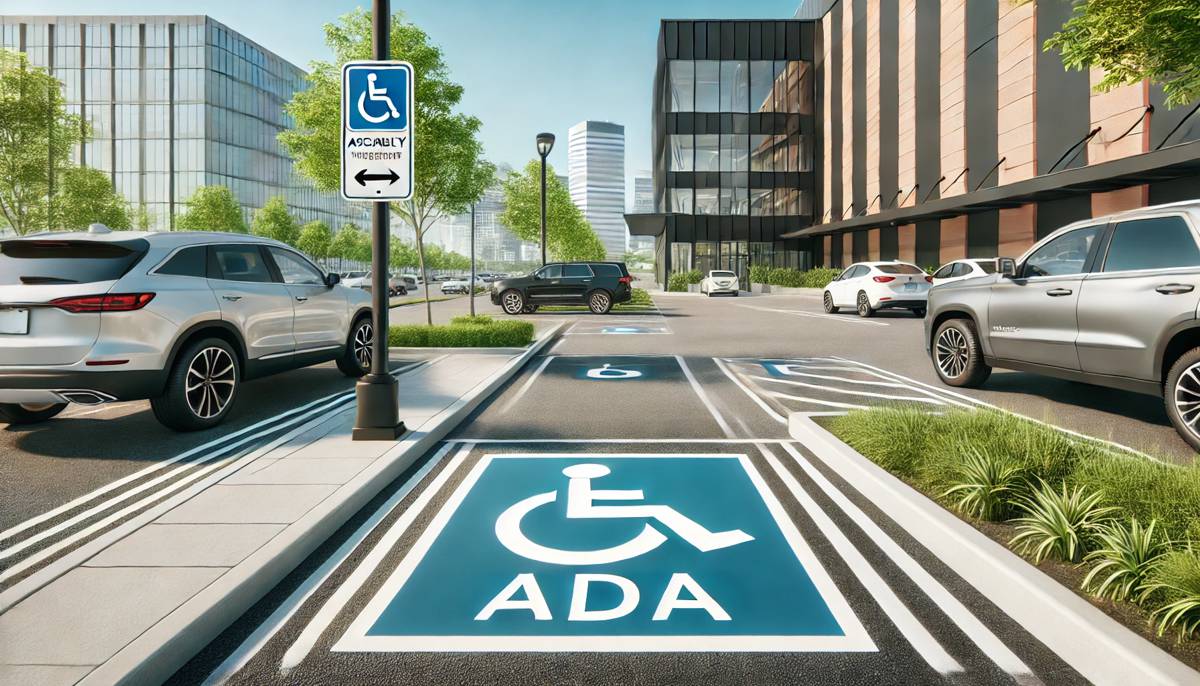Essential considerations for Designing Green Buildings
With domestic and residential buildings accounting for a significant percentage of the world’s carbon emissions, it’s unsurprising to see the construction industry transitioning to more sustainable building methods, as well as retrofitting structures in accordance with their nation’s green initiatives.
Setting aside its ecological benefits, however, green buildings also exist to best utilise the natural features and resources surrounding the structure, whilst reducing its reliance on artificial devices. These structures play a significant role in the reduction of global CO2 emissions, and to provide an insight for those looking to adopt this ever-popular technique for their own building, Jonathan Spencer – founder and director of JPS Project Management Services, has shared 10 essential points to bear in mind.
Structural Design
When considering the population’s ever-growing necessity for continuous home development, and with the building and construction industries accounting for the largest share of raw material consumption, finding solutions to minimise resource depletion is becoming increasingly essential. Whether that’s integrating recycled, renewable, refurbished, salvaged, recourse or energy-efficient materials into new property development, the thoughtful and resourceful management and usage of these materials is a significant concern throughout any building project.

Selecting the right building material
Perhaps the most obvious, yet arguably most practical consideration when constructing a green building is choosing which sustainable materials you plan to use. Not only will your choice be crucial in determining your building’s environmental impact, but it also plays into factors such as durability and functionality. Concrete, steel, wood, glass, drywall and asphalt shingles are a few examples of some of the recycled materials you may choose to select.
By incorporating these recycled materials into your design, the need for non-biodegradable products is reduced, and as such, the amount of waste going into landfills will similarly fall. It’s also advisable to source your materials locally, wherever possible, as this reduces transportation costs and gives the community a well needed boost.
Consider the orientation of the building
With energy costs continuing to rise, it is more important than ever to capitalise on natural energy and thermal comfort, whether that involves maximising the warmth of the sun, manipulating wind patterns, curb appeal or even the drainage system. Taking your natural surroundings into consideration is also a crucial component of these property’s design. When planning for tree shade, for example, age, species and growth rate must all be taken into account.
Strategic design will result in frequently used areas, for example, being incorporated into the south of the property, ensuring occupants are kept warm and cool in the winter and summer, respectively. So, whilst installing large windows wherever possible is certainly advisable, they must be selected with efficiency in mind, and with the appropriate glazing depending on the structure of the building.

Solar Shading
Solar shading can typically be broken down into two forms: fixed solar shading and dynamic solar shading. Fixed solar shading involves the manipulation of the building’s structural features that block or reflect sunlight. To do so effectively, your builder will need to track the sun’s path and direction.
Dynamic solar shading, on the other hand, refers to interior features which support optimal thermal performance. Installing something that compliments the design of your building, such as shade fabrics, is typically the best way forward.
Window-wall Ratio (WWR)
The WWR is a section of exterior wall, consisting heavily of windows, that is of significant value in determining a structure’s energy performance – a crucially important design choice in impacting your building’s overall energy consumption. The quantity and size of these windows, however, should depend on the structure’s location and respective climatic conditions, due to the impact they can have on your heating, ventilation and air conditioning (HVAC) system, potentially causing as much as double as much energy loss as a wall in their place.
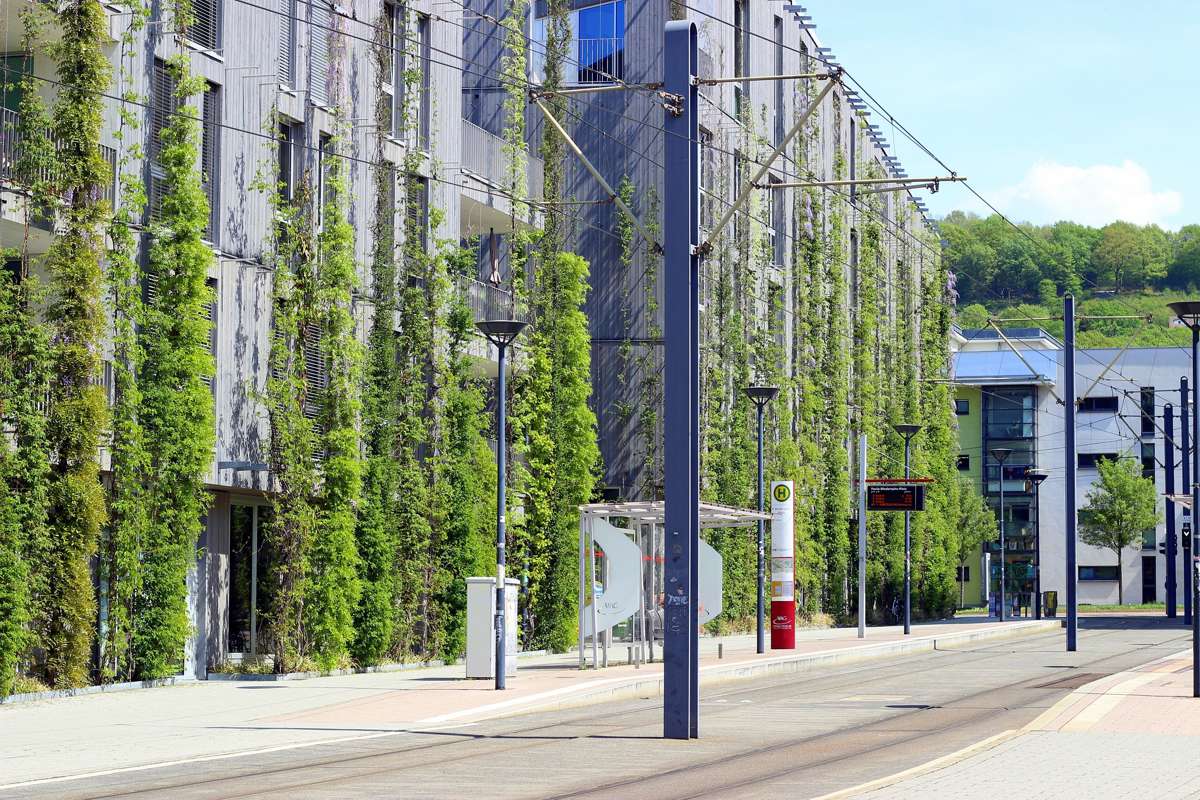
Building Envelope
Shelter, security, moisture control, daylight access and, of course, solar and thermal control are just a few of a building’s primary functions. The building envelope acts as a physical separator between the conditioned and unconditioned environment; dividing the interior and exterior parts of your space through the use of climate-appropriate, structurally sound and aesthetically pleasing designs and materials. How this is developed, however, depends on the specific location of the building. A loose building envelope, on one hand, enables better airflow, whereas a tight envelope restricts or controls how air is admitted. In varied climates, for example, a tight envelope is typically preferred, enabling you to regulate the indoor climate of your building in response to the external environment.
Smart Lighting
With lighting typically accounting for as much as 20% of a building’s total energy usage, and with energy costs as high as they are, implementing efficient lighting – whether that’s CFL or LED – should be high up on your list of concerns. Natural lighting helps cut lighting costs to a minimum, whilst just generally being a much healthier form of light than other alternatives. Whilst natural light is often the best possible method of establishing sustainable lighting within your building, it is not always enough.

Water Conservation
Water conservation is perhaps one of the most pertinent objectives when it comes to green building and, as such, there are a number of practices you can implement to regulate your water usage.
Pipes should be regularly cleaned and maintained, and water-conserving fixtures should be installed to maximise water efficiency. Whether that involves practicing rainwater collection for use in toilets or landscaping or installing an efficient drainage system to recycle water between harvesting canisters, water-saving strategies should be at the top of every new property priority.
Energy Usage
Despite the role that fossil fuels have played in technological and industrial development, they also result in trapped heat which has had a detrimental impact on global warming. Whether working on a green building or just looking to do your part for the environment, it is essential we implement a more intelligent approach towards energy consumption in today’s climate. Thankfully, alternative sources of clean power, such as daylighting, natural ventilation and solar panels, are becoming more and more commonplace.

Waste Management
With approximately half of all extracted raw materials going into the world’s construction industry, and with the field also creating an estimated third of global wastage, waste reduction and responsible management are crucial contributors in landfill reduction. To achieve this in your green home, proper planning is needed, with certain areas dedicated to waste management.
Well-designed green buildings will save you money!
With an increasing number of homeowners looking to go green, these buildings are becoming a necessity. They play a considerable role in drastically reducing energy usage and emission rates, but also, by applying these efficient practices, you can stand to gain shorter investment returns, a reduction in living and operational costs, increased asset value.











